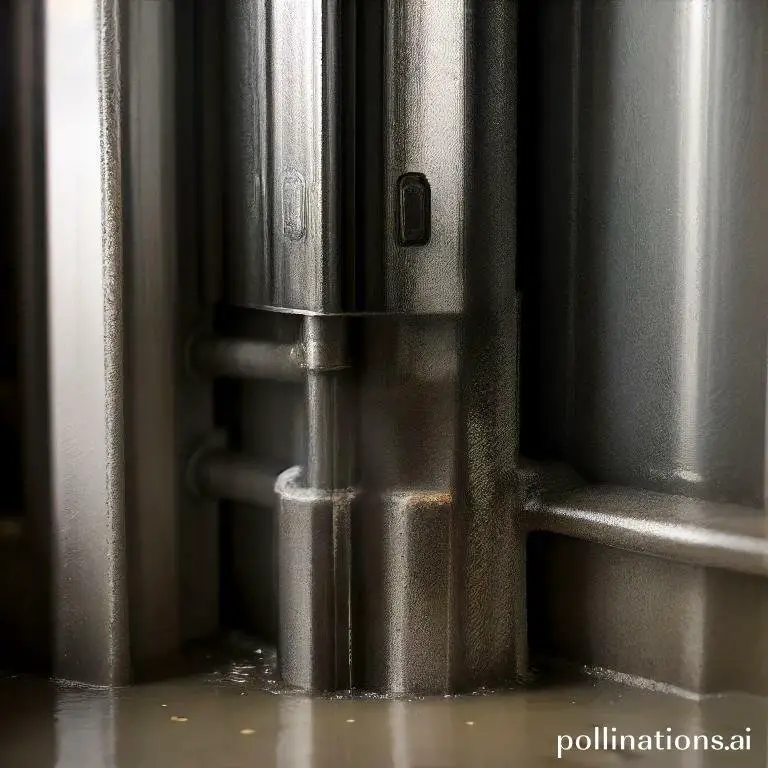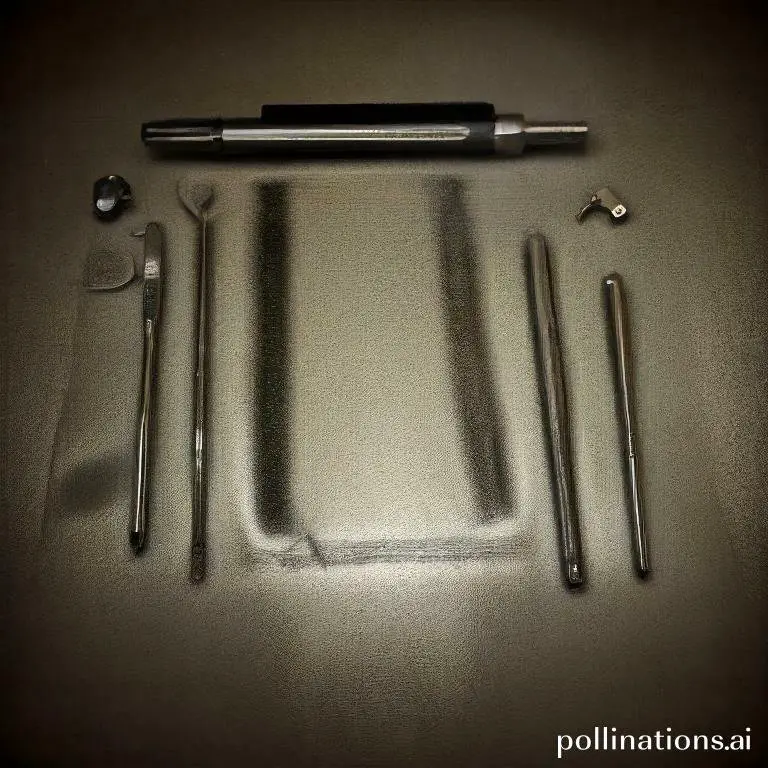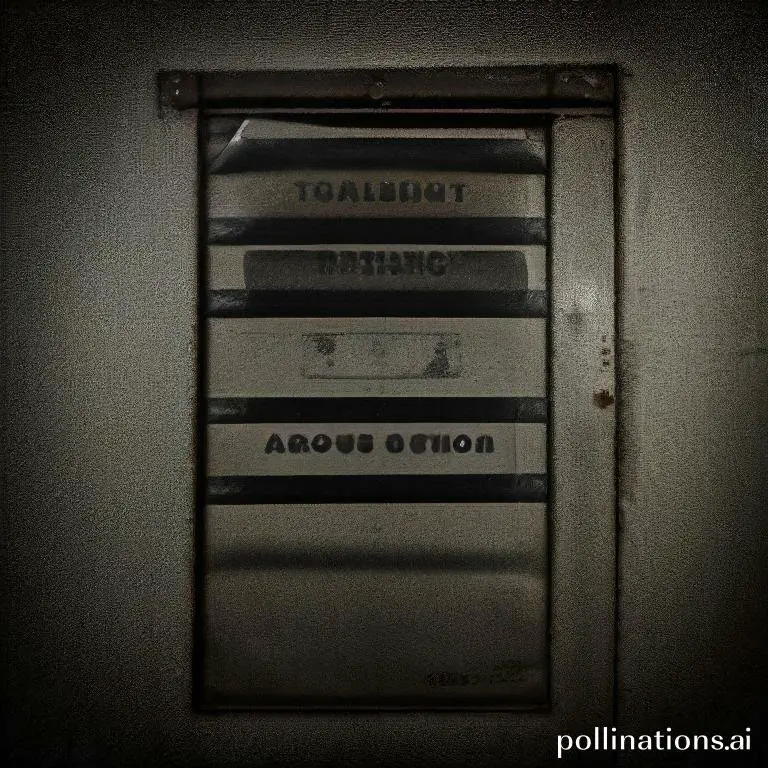
II. Water heater anodes are sacrificial rods that protect the tank from corrosion. Over time, anodes can become depleted and require replacement. Failure to replace anodes can lead to corrosion of the tank and premature failure of the heater.
III. It is recommended to have sediment removal and anode replacement performed by a professional plumber or HVAC technician. DIY attempts can be dangerous and may cause more harm than good. Regular maintenance of water heaters can save money in the long run by avoiding costly repairs or replacement.
In order to maintain the optimal performance and longevity of your water heater, it is crucial to regularly remove sediment and replace the anode. Sediment can build up over time, causing reduced efficiency and potential damage to the heating elements.
By removing the sediment, you can ensure that your water heater operates at its best, providing you with a continuous supply of hot water. Additionally, replacing the anode is essential as it prevents corrosion and extends the lifespan of the water heater.
Regular maintenance of these two components will ensure the efficient and reliable operation of your water heater.
Sediment Removal
1. What is Sediment Build-Up in Water Heaters?
Sediment build-up in water heaters refers to the accumulation of minerals, dirt, and other impurities that settle at the bottom of the tank over time. These sediments primarily include calcium carbonate, magnesium, and other minerals that are present in the water supply. As the water is heated, these minerals solidify and form a layer of sediment.
This sediment build-up can cause several issues in water heaters. To begin with, it reduces the efficiency of the heating element, making the water heater work harder to heat the water. This results in higher energy consumption and increased utility bills. Furthermore, sediment build-up can lead to decreased water flow and pressure, affecting the performance of the water heater.
Regular sediment removal is crucial to maintain the optimal performance and longevity of the water heater.
2. Signs of Sediment Build-Up
There are several signs that indicate the presence of sediment build-up in your water heater. These include:
- Unusual noises coming from the water heater, such as rumbling or popping sounds.
- Fluctuating water temperatures, with hot water not being consistently hot.
- Reduced water pressure or slow water flow from faucets and showerheads.
- Inefficient heating, resulting in longer wait times for hot water.
3. Steps for Sediment Removal
To remove sediment from your water heater, follow these steps:
- Turn off the power supply to the water heater.
- Allow the water heater to cool down for a few hours.
- Locate the drain valve at the bottom of the water heater and attach a garden hose to it.
- Place the other end of the hose in a suitable drain or outside area.
- Open the drain valve and let the water flow out, flushing out the sediment.
- Once the water runs clear, close the drain valve and remove the hose.
- Turn the power supply back on and allow the water heater to refill.
4. Frequency of Sediment Removal
The frequency of sediment removal depends on various factors, including the hardness of the water and the usage of the water heater. As a general guideline, it is recommended to flush out the sediment from your water heater at least once a year. Notwithstanding, if you notice any signs of sediment build-up or decreased performance, it is advisable to perform the sediment removal process more frequently.
| Signs of Sediment Build-Up | Steps for Sediment Removal | Frequency of Sediment Removal |
|---|---|---|
| Unusual noises | Turn off power supply | At least once a year |
| Fluctuating water temperatures | Allow water heater to cool down | More frequently if needed |
| Reduced water pressure | Locate and open drain valve | |
| Inefficient heating | Flush out sediment with water flow |
Regular sediment removal will ensure the efficient operation of your water heater, save energy, and prolong its lifespan. If you are unsure about the sediment removal process or require assistance, it is recommended to consult a professional plumber.
Water Heater Anode Replacement
In this section, we will discuss the importance of water heater anode replacement and provide a step-by-step guide on how to replace it.
1. What is a Water Heater Anode?
A water heater anode is a crucial component that protects the tank from corrosion. It is usually made of aluminum or magnesium and is installed inside the water heater.
Water contains various minerals that can cause corrosion and damage to the tank. The anode attracts these minerals and sacrifices itself, preventing the tank from corroding.
2. Signs of Anode Replacement
Over time, the anode deteriorates and needs to be replaced. Here are some signs that indicate anode replacement:
- Visible signs of corrosion on the water heater tank
- Unusual odor or taste in the hot water
- Decreased hot water supply
- Leaking water heater
If you notice any of these signs, it’s essential to replace the anode to prevent further damage to the water heater.
3. Steps for Anode Replacement
Replacing a water heater anode requires a few simple steps:
- Turn off the power supply to the water heater.
- Drain the water from the tank.
- Locate the anode rod and unscrew it using a wrench.
- Inspect the condition of the anode and compare it to a new one.
- If the anode is worn out, replace it with a new one of the same type.
- Tightly screw in the new anode rod.
- Refill the tank with water and turn on the power supply.
4. Frequency of Anode Replacement
The frequency of anode replacement depends on several factors, including water quality and usage. In general, it is recommended to check the anode every 2-3 years and replace it if necessary.
If you live in an area with hard water or notice significant corrosion on the anode, more frequent replacement may be required.
Regular anode replacement is essential to extend the lifespan of your water heater and prevent costly repairs or replacements.
Tools Required
1. Sediment Removal Tools
Relating to maintaining the efficiency and longevity of your water heater, sediment removal is an essential task. Over time, sediment and mineral deposits can accumulate at the bottom of your water heater tank, causing it to work harder and become less efficient. To effectively remove this buildup, you will need the following tools:
- Screwdriver: A screwdriver with a flathead or Phillips head will be necessary to access and remove the screws or panels on your water heater.
- Hose: A garden hose or similar type of hose will be needed to drain the water from your water heater. Make sure it is long enough to reach a suitable drainage area.
- Bucket or Drain Pan: To catch the water as it drains from the water heater, you will need a bucket or drain pan. This will prevent any water damage to your surrounding area.
- Pliers: Pliers may be required to disconnect any hoses or fittings that are attached to the water heater.
- Shop Vacuum: Meanwhile not necessary, a shop vacuum can be helpful for cleaning up any loose sediment or debris that may be present in the bottom of the tank.
2. Water Heater Anode Replacement Tools
The anode rod in your water heater is designed to attract corrosive elements, protecting the tank from rust and prolonging its lifespan. Over time, the anode rod can become depleted and will need to be replaced. To replace the anode rod, you will need the following tools:
- Socket Wrench: A socket wrench with the appropriate size socket will be needed to loosen and remove the anode rod. Make sure to choose a socket that fits securely onto the rod.
- Teflon Tape: Teflon tape, also known as plumber’s tape, should be used to seal the threads on the new anode rod. This will prevent any leaks from occurring.
- Pipe Wrench: In some cases, a pipe wrench may be necessary to loosen and remove the old anode rod if it is tightly secured.
- Rags or Towels: Having rags or towels on hand is always a good idea when working with water heaters. They can be used to clean up any spills or drips that may occur during the process.

Safety Precautions
In this section, we will discuss the safety precautions that should be taken when performing sediment removal and water heater anode replacement. These precautions are important to ensure the safety of both the individuals performing the tasks and the overall functionality of the equipment.
1. Precautions for Sediment Removal
When removing sediment from your water heater, it is essential to follow these safety precautions:
- Turn off the power: Before starting the sediment removal process, make sure to turn off the power supply to the water heater. This will prevent any electrical accidents or damage to the equipment.
- Allow the water to cool down: Sediment removal should only be done when the water inside the heater has cooled down. Hot water can cause burns and injuries. Give it enough time to cool down before proceeding.
- Use protective gear: Wear safety gloves and goggles to protect yourself from any debris or hot water splashes during the sediment removal process.
- Relieve pressure: Before opening the drain valve to remove the sediment, make sure to relieve the pressure inside the water heater. This can be done by turning off the cold water supply and opening a hot water faucet.
- Follow manufacturer’s instructions: Different water heaters may have specific instructions for sediment removal. Vital to read and follow the manufacturer’s guidelines to ensure proper and safe removal.
2. Precautions for Water Heater Anode Replacement
When replacing the water heater anode, it is crucial to take the following safety precautions:
- Turn off the power and water supply: Before starting the anode replacement, switch off the power supply and shut off the water inlet valve to prevent any accidents or leaks.
- Drain the water heater: Make sure to drain the water from the heater before removing the anode. This will prevent any water spills or damage.
- Use proper tools: Use the appropriate tools for removing and installing the anode. This will ensure that the process is done correctly and safely.
- Inspect the anode: Before installing the new anode, inspect the old one for any signs of corrosion or damage. This will help determine if replacement is necessary.
- Tighten securely: When installing the new anode, make sure to tighten it securely to prevent any leaks or issues with the water heater.

Benefits of Sediment Removal and Water Heater Anode Replacement
1. Improved Efficiency
Sediment accumulation in your water heater can significantly reduce its efficiency. Over time, minerals and debris from the water supply settle at the bottom of the tank, forming a layer of sediment. This sediment acts as an insulator, preventing the heating element from effectively transferring heat to the water. By regularly removing this sediment, you can restore your water heater’s efficiency and ensure consistent hot water supply.
2. Extended Lifespan
The presence of sediment in your water heater can lead to corrosion and damage to the tank. Sediment buildup can cause the tank to overheat, putting excessive strain on the heating elements and leading to premature wear and tear. By performing regular sediment removal and water heater anode replacement, you can extend the lifespan of your water heater and avoid costly repairs or replacements.
3. Reduced Energy Bills
A water heater with sediment buildup requires more energy to heat the water, resulting in higher energy bills. When sediment coats the heating elements, they have to work harder and consume more electricity or gas to heat the water to the desired temperature. By maintaining a clean tank through sediment removal and replacing the anode, you can improve energy efficiency and reduce your monthly energy expenses.
To further illustrate the importance of sediment removal and water heater anode replacement, consider the following table:
| Sediment Removal | Anode Replacement | Benefit |
|---|---|---|
| Regular | Regular | Optimal efficiency and performance |
| Irregular | Regular | Reduced efficiency, increased energy bills |
| Regular | Irregular | Risk of tank corrosion, shorter lifespan |
| Irregular | Irregular | High energy consumption, frequent repairs |
Bottom Line
Regular sediment removal and water heater anode replacement are crucial for maintaining the efficiency and longevity of your water heater. Sediment buildup can lead to decreased performance and even damage to the tank, meanwhile a deteriorated anode rod can result in corrosion and leaks. It is recommended to flush your water heater at least once a year and replace the anode rod every 3-5 years, depending on usage and water quality. Neglecting these maintenance tasks can result in costly repairs or premature replacement of your water heater. By staying on top of sediment removal and anode replacement, you can ensure that your water heater continues to provide reliable hot water for years to come.
Read More:
1. Sediment Removal And Water Heater Expansion Valve Maintenance
2. Sediment Removal And Water Heater Manufacturer Recommendations










